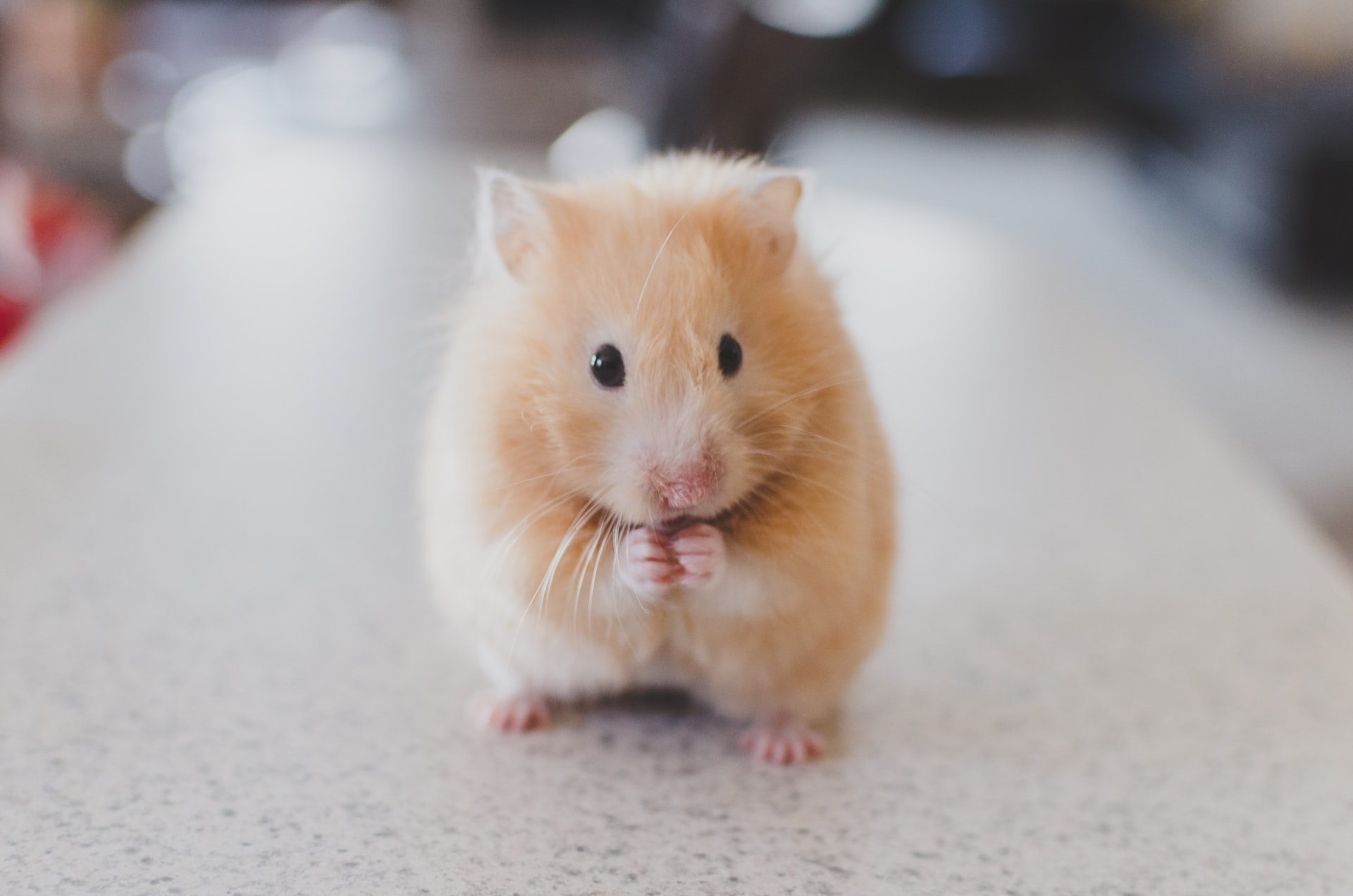In his 1988 novel “Who Moved My Cheese?” Dr. Spencer Johnson tells a tale of two mice and two “little people,” living within a maze, on a journey to find their cheese. The cheese is a metaphor for what each character is seeking. For the two mice, it really is cheese. For the people, it is the success, money, love, validation, or whatever it is which they seek.
In the story, each morning the mice rise and lace up their running shoes, while the little people don their jogging suits to enter the labyrinth, in search of their cheese. The mice are named Sniff and Scurry. Sniff has a keen sense of smell and has the ability to detect the best possible route to his cheese. Scurry on the other has quick reflexes and will change direction quickly once he realizes that he has entered a dead-end corridor or that his cheese is not present. The mice have simple brains and are purely reactionary and reflexive. Meanwhile, the little people, named Hem and Haw have complex brains and the ability to analyze situations.
I could easily rewrite the entire story, however it is already a short enough read (seriously, you can read it in less than an hour). As the story goes, one day Sniff, Scurry, Hem, and Haw come upon a cheese station which is full of cheese. Hem and Haw immediately move their homes closer to the cheese station, exchange their jogging suits for more comfortable attire, and live as though the cheese will never run out, until one day it does.

When this happens, it causes great distress for Hem and Haw, as they were not prepared for the change, had not noticed the signs of the diminishing cheese, and had no contingency plan. Sniff and Scurry meanwhile did not adapt their behavior. Each day they would run to the cheese station and when they arrived they would remove their running shoes, tie the laces together, and hang them around their necks, so that they would be ready to run again as soon as needed. Sniff and Scurry were aware of the diminishing cheese supply and were prepared to seek more. As soon as the cheese supply ran out, they did what they were implicitly prepared to do… go find more cheese.
Hem and Haw meanwhile, with their complex human brains lamented over the long lost cheese, assumed someone had simply moved it, and were overall in denial about the fact that they had not been judicious about the situation surrounding their cheese. After some time, Haw began to break the cycle and realized he needed to move on and find another cheese station, just as he had this last one. Hem was unwilling to break the cycle and preferred the comfort of his familiar, even though now cheese-less station.Haw finally develops the courage to break free from the cycle and leave the cheese station. Haw scrawls into a wall of the maze “What would you do if you weren’t afraid?” He thought on this and embarked on a challenging, often uncomfortable, and new path to places in the maze he had not yet explored, ultimately leading him to new cheeses he had never experienced before.
I love this story, because it can apply to any situation in life or business where you are upended from your routine and forced to deal with adversity, a new playing field, and new rules. In these times, this story couldn’t be more relevant as we find ourselves faced with a changing landscape and new challenges on all fronts. How have you shown up?
- Have you been Hem? Frozen, unwilling to let go of the past, and romanticizing about the way things were.
- Are you a Haw? Acknowledging that things have changed, realizing that they may not return to the way they were, and adapting to the landscape.
- Were you a Sniff? Did you sense the change as it began happening and react in anticipation?
- Were you more like Scurry? Did you see the change as it happened and pivot immediately, realizing you could no longer keep heading where you had been?
As great as it sounds to be a Sniff or a Scurry, this is not a natural human tendency for us humans with our complex brains. The vast majority of people respond as Hem did and the lucky few who are able to break their cycles of denial respond as Haw did.
We can prepare ourselves to deal with change to be more of a Sniff or a Scurry. Whether in business or in life, we can continually re-assess our situation. If we set measurable goals, track our progress, and routinely analyze our environment, we can Sniff out the trouble before it emerges and begin our pivot toward a new strategy. What tools and systems do you have in place to routinely analyze your progress toward your goal achievement?
If we have taken the time to plan our goals and have created contingency plans, we can immediately, at the first sign of danger, adopt that plan and take corrective action, just as Scurry would. I wrote a great post about why our top military special forces units create more than one contingency plan and what you can do to prepare yourself for change WHEN (not IF) it happens. (Check it out: Pressing Reset)
Has your cheese moved? Is your supply running low? Are you suddenly out of cheese? Have you not yet found your first cheese? A great starting place will be to return to your goals and your “big why.” Why do you do what it is you do? What are you seeking in life? What would need to happen for you to achieve those goals? I want to share my goal setting webinar from July 2020 where I shared the system of “goal-setting to the now” and the GPS, as my gift to you. May you be as aware as Sniff, as nimble as Scurry, and as wise as Haw. If you find yourself a Hem or know someone who is, I can help.
Remember to tie the laces of your running shoes together and hang them around your neck. You never know how soon you may need them again.



Recent Comments